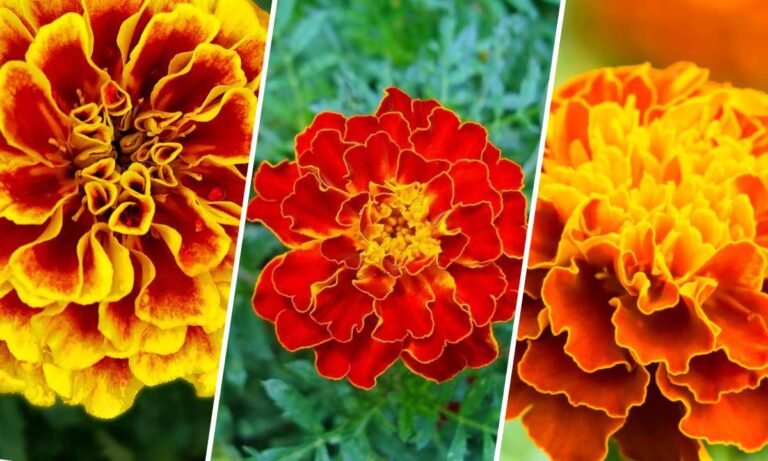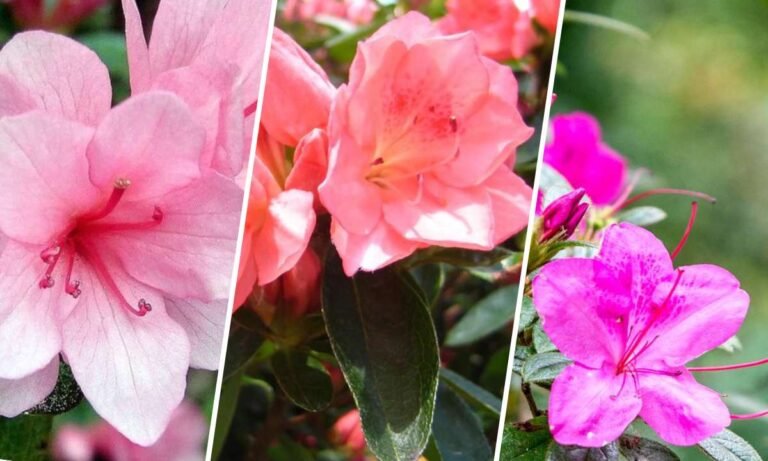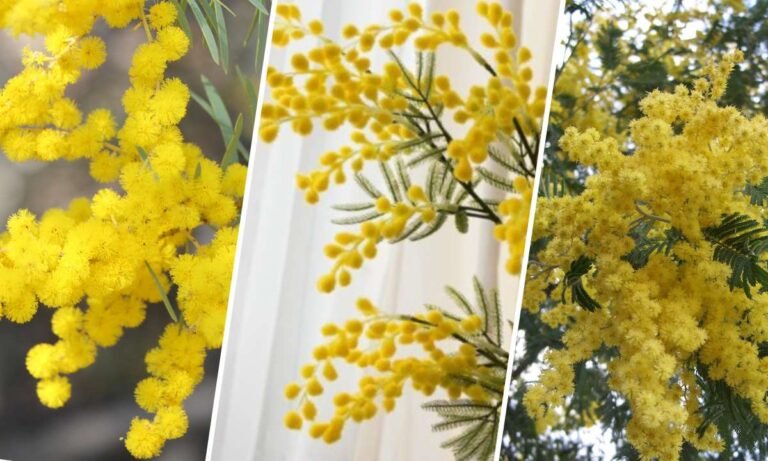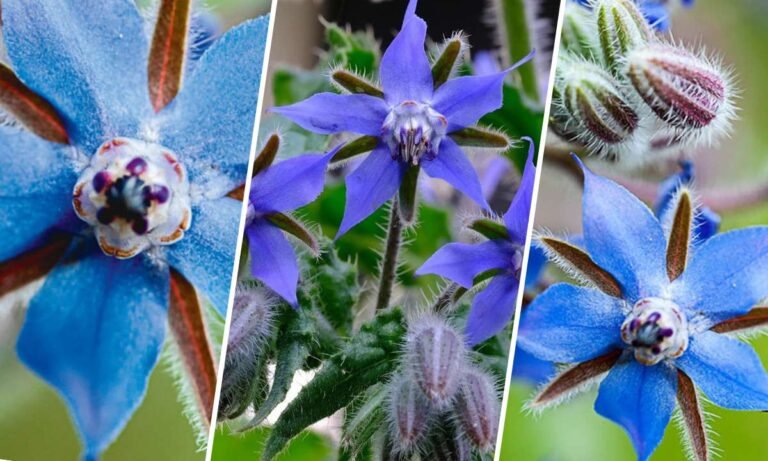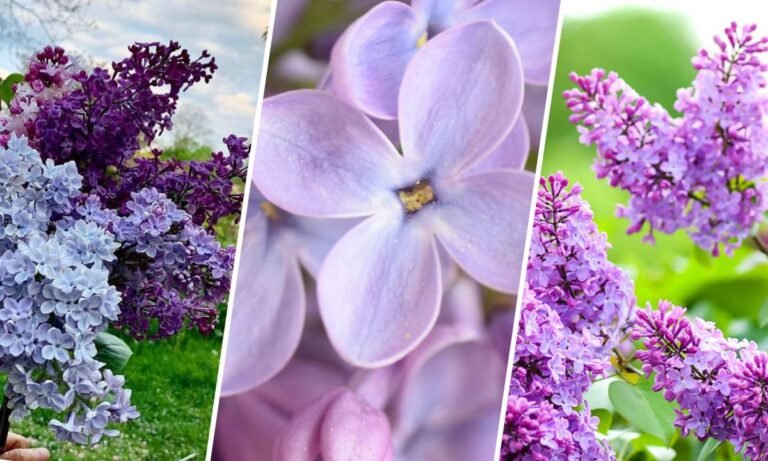The purple lotus flower holds deep spiritual meaning and cultural importance in many traditions. Its vibrant color and unique qualities make it fascinating and revered. Let’s dive into the symbolism, history, and modern interpretations of the purple lotus flower to understand why it is so special to people around the world.
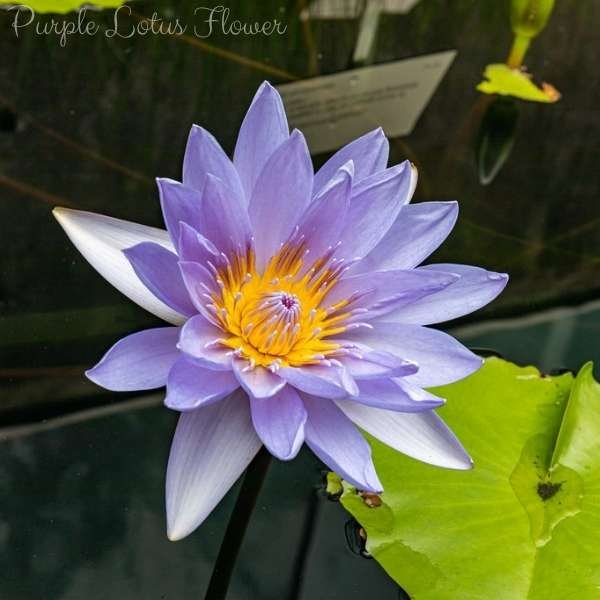
Historical Significance of the Purple Lotus Flower
Ancient Roots
The purple lotus flower has been cherished since ancient times in places like Egypt, India, and China. In ancient Egypt, the lotus was a symbol of the sun and creation, often linked to the god Ra. Egyptians believed the lotus emerged from the primordial waters and bloomed with the rising sun, symbolizing rebirth and renewal.
In India, the lotus is deeply connected to spirituality and divinity. The purple lotus, in particular, represents mysticism and the deeper aspects of spirituality. It appears in Hindu and Buddhist art, symbolizing spiritual enlightenment.
Buddhist Symbolism
In Buddhism, the purple lotus signifies the spiritual journey and awakening of the soul. The flower’s eight petals often represent the Eightfold Path, the core of Buddhist practice. The color purple, associated with nobility and wisdom, adds an extra layer of meaning, emphasizing the sacred nature of the flower in Buddhist teachings.
Cultural Significance in Different Traditions
Hinduism and the Purple Lotus
In Hinduism, the lotus is highly revered, and the purple lotus holds a special place. It is linked to deities like Lakshmi, the goddess of wealth, and Saraswati, the goddess of knowledge. The rare and striking color of the purple lotus symbolizes divinity, purity, beauty, and spiritual growth.
Chinese Symbolism
In Chinese culture, the lotus, including the purple variety, symbolizes purity, perfection, and spiritual enlightenment. The Chinese admire how the lotus rises clean from muddy waters, representing purity and transcendence. The purple lotus is often connected with Buddhist monks and scholars, symbolizing wisdom and spiritual insight.
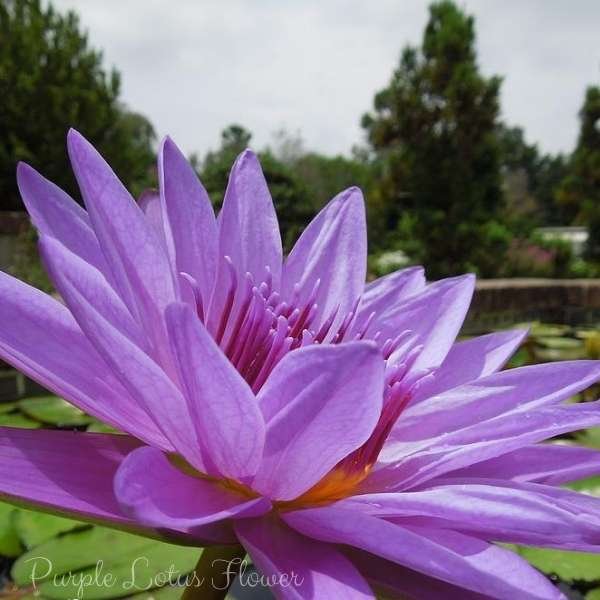
Botanical Characteristics and Unique Attributes
Appearance and Growth
The purple lotus is known for its stunning appearance. Its deep purple petals often have shades of blue and violet, creating a mesmerizing effect. The flower grows in shallow, muddy waters, symbolizing purity emerging from the mud.
Adaptability and Resilience
The lotus flower is remarkably resilient. Despite growing in murky environments, it blossoms into a beautiful, pristine flower. This resilience is often compared to the human spirit’s ability to overcome challenges and emerge stronger and wiser.
Modern Interpretations and Symbolism
Spiritual Awakening
Today, the purple lotus continues to symbolize spiritual awakening and transformation. It is used in meditation and spiritual teachings to represent the journey towards higher consciousness and self-realization. The flower’s ability to bloom in difficult conditions is a powerful metaphor for personal growth and resilience.
Art and Literature
The purple lotus appears in modern art and literature, symbolizing purity, rebirth, and spiritual enlightenment. Artists and writers use the purple lotus to convey deep spiritual and philosophical messages, drawing on its rich history and cultural significance.
Healing and Wellness
In the world of healing and wellness, the purple lotus is associated with tranquility, peace, and inner harmony. Its calming presence is believed to promote mental clarity and emotional balance. Essential oils and extracts from the purple lotus are often used in aromatherapy to induce relaxation and spiritual upliftment.
How to Grow and Care for Purple Lotus Flowers
Growing Conditions
To grow purple lotus flowers, you need warm, sunny conditions and a consistent supply of fresh water. The ideal temperature is between 75°F and 85°F. They can be grown in ponds, water gardens, or large containers filled with nutrient-rich soil.
Planting and Maintenance
Start with high-quality tubers or seeds. Plant them in a container with a mix of clay and loam soil, and submerge the container in water. Make sure the water covers the top of the soil by a few inches. Regular maintenance involves removing dead leaves and debris to keep the water clean and prevent algae growth.
Blooming Cycle
The blooming cycle of the purple lotus depends on the climate and growing conditions. Usually, it blooms from late spring to early summer and continues through the warm months. Each flower blooms for about three days, opening in the morning and closing by the afternoon.
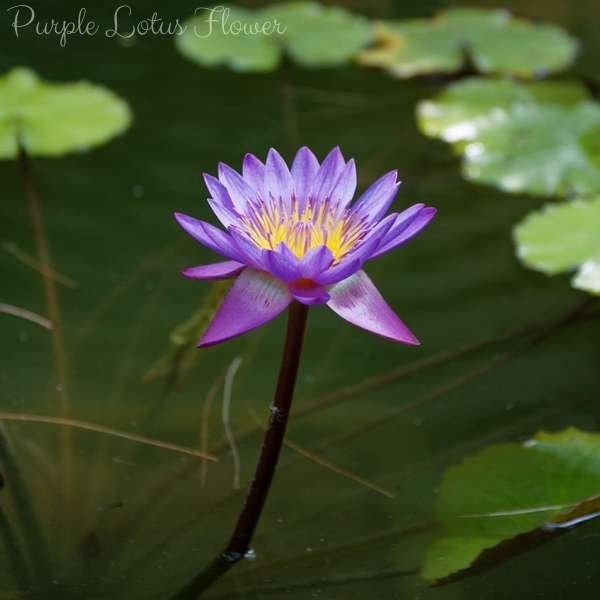
Conclusion
The purple lotus flower is more than just a beautiful bloom; it is a symbol of spiritual enlightenment, resilience, and purity. Its rich historical and cultural significance across various traditions highlights its profound impact on human consciousness and spirituality. By appreciating and cultivating this remarkable flower, we honor its timeless message of hope, transformation, and the pursuit of inner peace.

